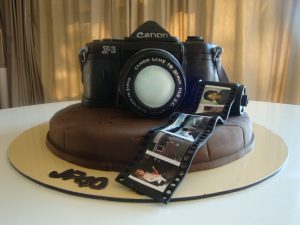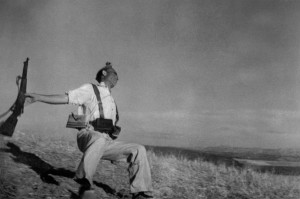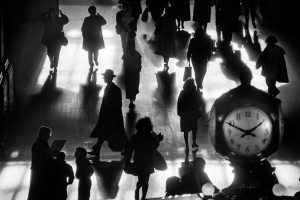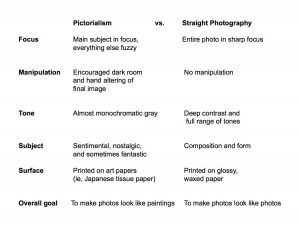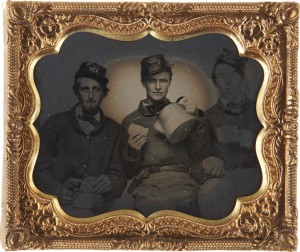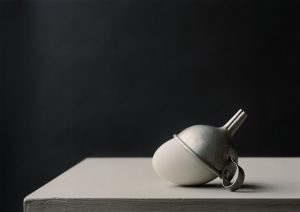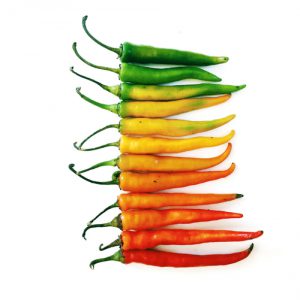Please note that the short list for the final exam is posted online under Photo Class Files/Slide Lists. Also please be reminded that the extra credit for the class is due by Monday 12/12. These extra credit assignments are optional but must be submitted by 12/12/16 on Blackboard (look under Submit Papers).
The following are the terms for the Terminology section of the Final Exam.
Choose 3 of the following terms to discuss. Write a few complete sentences defining the art movement and give an example.
Dada
Group f.64
Surrealism
Social Landscape
New Topographics
Pictures Generation

